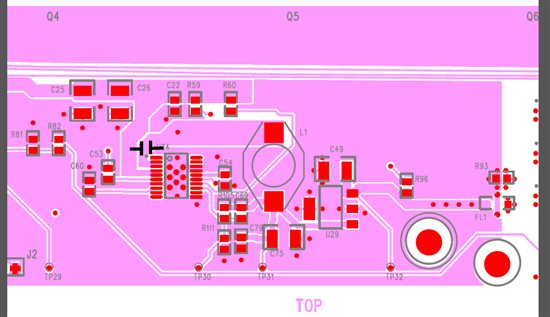I have been using the LM3100MH to convert 26V to 6.5V at 250mA in a textbook application for several years. Recently I am seeing a large number of regulators that have pins 4 and 5 (Vin) blown off the board when power is applied to the circuit. I do not think there is a chance I have significant load current, so am thinking there might be a possibility that the input voltage is spiking above the 40V limit or possibly negative. Any thoughts as to the most likely cause of this catastrophic failure and the best way to fix it? My input voltage can be between 17V and 30V. When failure occurs the regulator is the only component damaged.
-
Ask a related question
What is a related question?A related question is a question created from another question. When the related question is created, it will be automatically linked to the original question.


